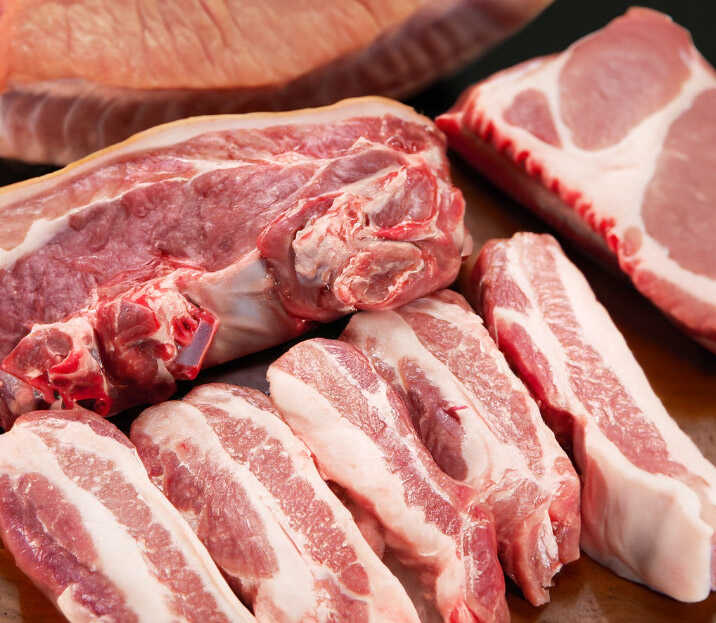Porto Alegre, April 4, 2024 – China continues to be a major consuming force for proteins of animal origin on a global scale. Despite the ongoing economic difficulties and the current problems in Chinese pig farming, China is incomparable in terms of volume. South American exporters are extremely dependent on the Chinese market.
The Chinese picture is easy to understand, this does not mean that the solution to the macroeconomic problems of the second-largest economy on a global scale is simple, on the contrary. The saturation of the real estate market, the increase in household debt, and persistent deflation make the situation quite complicated and challenging.
Maintaining interest rates at relatively low levels, 3.45% per year, aims to revive economic activity via cheap credit, improving real estate market indicators, including advances in civil construction, which would consequently encourage the recovery of other sectors of the economy.
Even with the Chinese government pouring money into its economy, the situation has not shown major changes so far. The fact is that this type of situation will not be resolved in the very short term. It is likely that in the near future the Chinese economy will not return to the level of growth that the market is used to, at around double digits. The most likely is that amid the complex net that permeates the Chinese economy, economic growth will fluctuate between 3 and 6% depending on the year.
The Chinese currency remains largely devalued, fluctuating between 7 and 7.30 yuan per dollar, which continues to benefit Chinese exports (textiles, electronic components, chemicals and so on). The problem continues with imports, which are greatly affected by the currency devaluation. Chinese importers continue to impose an aggressive policy of renegotiating import contracts, which explains the decline in meat prices on the international market from the second half of 2022 onward.
With the large dose of stimulus that the Chinese government is applying to its economy, the tendency is for the effects to be felt with greater intensity between the third and fourth quarters of 2024. This appears to be one of those late-effect remedies. China’s robust foreign exchange reserves are a great ally in this process.
It is unlikely that there will be a rise in international prices for proteins of animal origin without a more consistent resumption of Chinese economic activity. Added to this is the recovery of Chinese pig farming, which will be discussed more fully below. The fact is that current indicators point to depressed prices for much of the year.
South American exporters should continue with their strong pace of exports to maintain the balance of supply and demand in their respective domestic markets. In other words, they should reduce internal availability to the point of avoiding price meltdowns in the meat sector. This situation is especially relevant for Brazil in a year of high beef production, also considering the record production of chicken and pork.
In Argentina the production picture is different, despite a smaller-than-expected decrease in the cattle herd, the supply of meat and by-products will logically be lower. In other words, Argentina continues to struggle to combat inflation in a year of tight beef production.
Nevertheless, it is most likely that the meat sector in South America, especially big meat-packers, will remain active to sustain a strong export pace. More than reducing the domestic surplus, the prices paid for proteins of animal origin in the international market are still more interesting than the prices paid in the domestic market. Receiving in dollars in economies that have devaluated currencies is always rewarding.
Copyright 2024 – Grupo CMA

